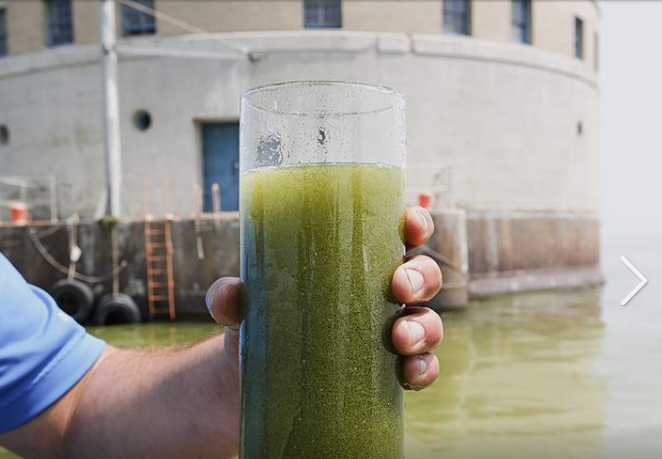Toxin Solution via Reverse Osmosis
Published on by Water Network Research, Official research team of The Water Network in Academic
University of Toledo scientist believes he can show that reverse osmosis could remove any algal toxins that get into tap water.
 While many experts believe in the premise outlined by G. Glenn Lipscomb, professor and chairman of UT’s chemical and environmental engineering department, the theory still needs to be tested for under-sink reverse osmosis systems people can buy from home improvement stores for about $250.
While many experts believe in the premise outlined by G. Glenn Lipscomb, professor and chairman of UT’s chemical and environmental engineering department, the theory still needs to be tested for under-sink reverse osmosis systems people can buy from home improvement stores for about $250.
If validated, the research could strengthen the market for those devices and give homeowners a chance for more peace of mind.
“I guarantee you it will take out 99 percent of microcystin,” said Joseph Cotruvo, a former U.S. Environmental Protection Agency water division chief who spent years as an international water-treatment consultant and has been a member of a World Health Organization committee examining dangers of microcystin, Lake Erie’s chief algal toxin.
Mr. Lipscomb’s research, part of a $1.9 million Ohio Department of Higher Education award split among eight Ohio universities, is supported by Ann Arbor-based NSF International, which specializes in science for testing standards at water-treatment plants.
He said other partners include Dow Water & Process Solutions, a division of Dow Chemical, and the National University of Singapore, in collaboration with Singapore Public Utilities Board.
Some of the world’s top water research occurs in water-stressed Singapore.
During a recent presentation at Ohio State University’s Stone Laboratory on Gibraltar Island, near Put-in-Bay, Mr. Lipscomb said reverse osmosis technology came of age in the 1960s in parallel with desalination, the process by which salt is removed from seawater. The technology became much more fine-tuned about 1980, he said.
Reverse osmosis is a process that goes against the natural tendencies that solvent, water-based molecules have to mix together and equalize.
Instead, water is pushed hard — very hard — under pressure through a semi-permeable membrane so fine that it can filter out impurities down to the molecular level. The water on the other side that has been squeezed through the membrane is free of impurities.
The theory is algal toxins could be removed like salt particles, minerals, and other solids.
“It’s to provide the public with that certainty,” Mr. Lipscomb said of his research project.
There are at least two downsides: Reverse osmosis is incredibly energy-intensive because of the amount of pressure required. And there can be as much or more wastewater generated as good water from the technique.
In industrial uses, some minerals actually have to be added back in to stabilize water that has gone through a reverse osmosis treatment; otherwise, it would corrode pipes.
For those reasons, experts such as Mr. Cotruvo, while highly interested in what Mr. Lipscomb finds out, wonder how practical it would be for average homeowners.
Mr. Lipscomb said he doesn’t have a treatment system at his home.
“There’s nothing wrong with Toledo water now,” he said.
Source: The Blade
Media
Taxonomy
- Purification
- Reverse Osmosis
- Algae
- water treatment